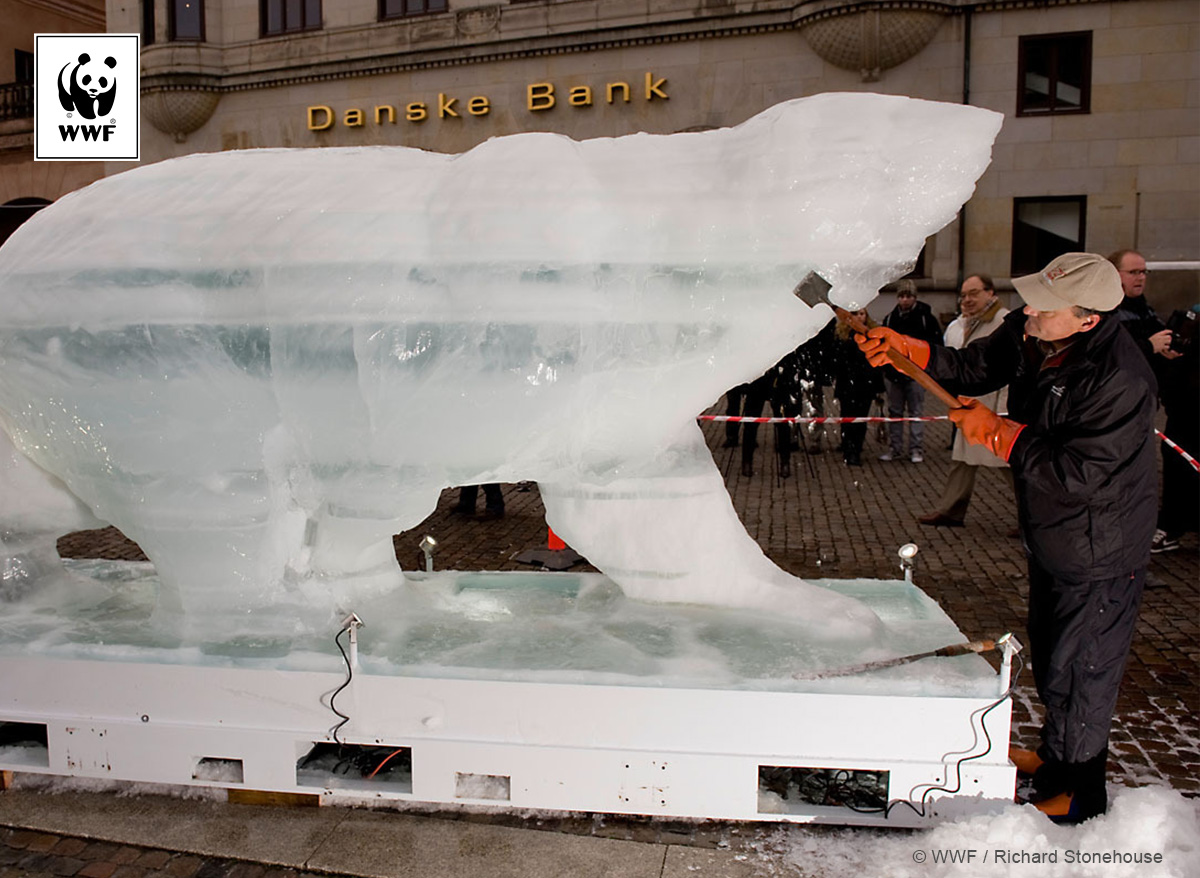This article originally appeared in The Circle, WWF’s quarterly Arctic journal, issue 01.16. See all articles here. Previous issues of The Circle can be downloaded here.

GENEVIÈVE PONS is the Director of the European Policy Office of WWF.
THE ARCTIC IS STREWN with the names of Europeans drawn by the lure of trade and riches – Dutch explorer Willem Barentsz, Dane Vitus Bering, Britain’s William Baffin, for example and there are hundreds more. Close behind them came fur traders, whalers, gold-seekers and others who left a legacy of Indigenous oppression and devastating ecological impacts.
This time, the people of the Arctic are better prepared to defend their rights and interests
After a couple of centuries of relative neglect, the Arctic is once again drawing Europeans and for many of the same reasons. At the same time, the region is at the very centre of debates on climate change as it warms twice as fast as the global average and drives global impacts such as rising sea levels and melting sea ice which is opening up the Arctic Ocean and spurring renewed interest in Arctic resources and trade routes.
This time, however, the rule of international law is more entrenched in the Arctic, and the people of the Arctic are better prepared to defend their rights and interests.
As I write this, the European Commission is preparing to release a “communication” that is expected to officially set out the EU’s interests in the Arctic in the coming years. WWF provided input to this process that we hope will be reflected in this upcoming policy paper.
For example, WWF has recommended more research to help understand and predict Arctic change, particularly regarding ecosystems, the sustainability of fisheries and the transition from fossil fuels (especially diesel) to renewables for energy production. This should go hand-in-hand with support for investments in alternative socio- economic models fostering economic diversification into sectors other than extractive industries.
The EU should also provide political support for nature conservation in the region, and for the creation and management of a pan-Arctic network of protected areas, including areas of particular ecological importance in terms of climate change resilience, communities and species conservation.
Wildlife products have long provided livelihoods for Arctic Indigenous peoples, and it is important to ensure that their use and trade is based on sustainable practices.The EU can do much to educate consumers on wildlife products, perhaps through certification schemes.
The EU should also enforce compliance of European businesses operating in the Arctic with international, EU and national regulations, as well as with Arctic-specific standards and guidelines to address marine noise, oil spill prevention, pollution, carbon intensity, and fisheries.
As well, many internationally agreed goals such as limiting global temperature rise to well below 2C, halting global biodiversity loss by 2020, and establishing marine protected areas, will benefit the Arctic region, given its unique exposure to climate change and nature degradation.
This time around, the people of the EU can explore the Arctic’s potential more ethically and sustainably than they did centuries ago. Instead of leaving their names on the map, they can leave a legacy of support for the Arctic environment, and for Arctic peoples.
